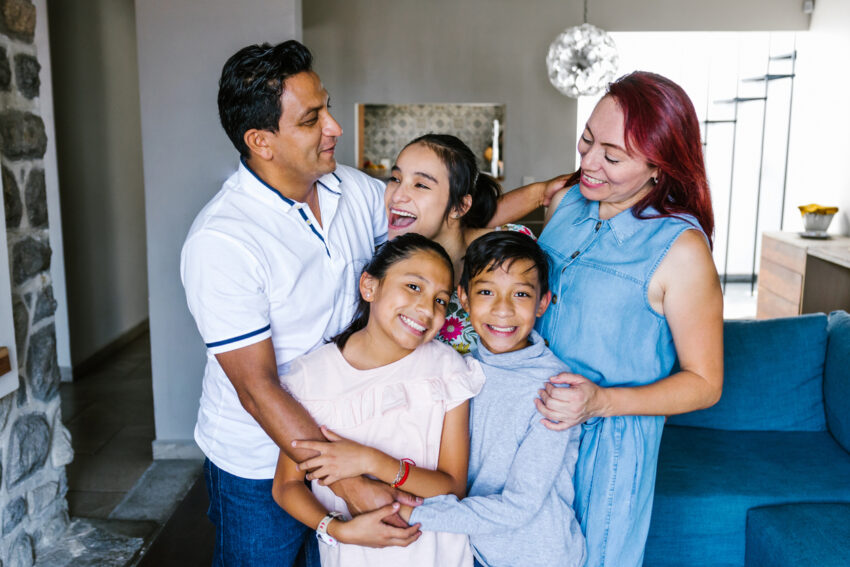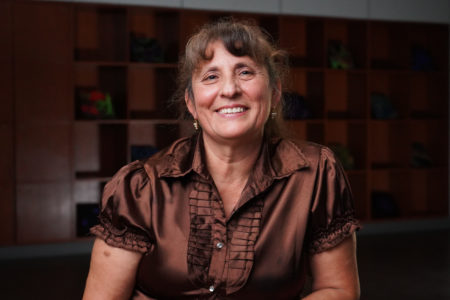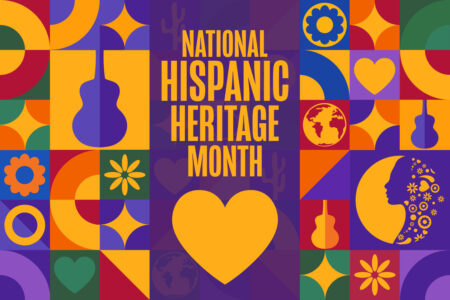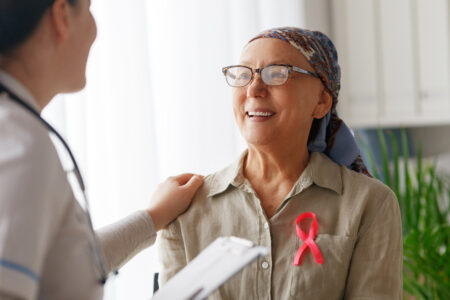
Share On Social!
Latinos represent less than 10% of volunteers in cancer clinical trials.
The lack of Latinos in clinical trials makes it harder for researchers to find treatments tailored for this group — which makes up 18.5% of the U.S. population and a diversity of heritages.
This is why Drs. Amelie G. Ramirez and Patricia Chalela of UT Health San Antonio identified barriers and strategies to boost Latino representation in clinical trials in a new commentary in JCO Oncology Practice.
It will take more than simply raising awareness of clinical trials to everyone.
“To achieve equitable participation of Latinos and other underrepresented groups in clinical research, we need comprehensive approaches that address social and contextual barriers to participation,” said Ramirez, leader of the Salud America! program at the Institute for Health Promotion Research at UT Health San Antonio. “These can produce a substantial, sustained impact. And they can ensure everyone equitably benefits from scientific advances in cancer treatment, improved cancer outcomes, and reduced health care costs.”
What Is the State of Latino Representation in Clinical Research?
Historically and presently, Latinos are underrepresented in clinical research.
Researchers want diversity in clinical trials so Latinos and other underrepresented groups benefit from new treatments.
 This is particularly important when it comes to cancer.
This is particularly important when it comes to cancer.
Cancer is the top cause of death for Latinos. Latino cancer cases are expected to rise 142% in coming years. Latinos suffer higher rates of liver, stomach, and cervical cancer than their White peers.
“Cancer hurts many of our abuelos, moms, dads, and others we love. Clinical trials help us fight for our familia,” said Chalela, associate professor at Institute for Health Promotion Research at UT Health San Antonio. “Latinos who volunteer in clinical trials are helping themselves. And they’re also building a future with better treatments that can help their families in the years to come.”
What Prevents Latinos from Volunteering for Clinical Trials?
In their new commentary, Ramirez and Chalela explore the barriers to Latino clinical trial participation.
Barriers start in study design.
“Some clinical trials have complex protocols or lengthy duration that dissuades participation,” Ramirez said. “Or the exclusion criteria works against diverse volunteers.”
The barriers don’t stop there, either.
Healthcare system barriers exist, like a lack of minority research staff. Medical teams can have implicit bias and lack cultural competence, and fail to establish patient-provider communication to make trial referrals.
Patients often lack awareness or understanding of clinical trials.
Even if a Latino patient want to join a trial, they face language, cultural, and social barriers to participate.
“Latinos have the highest uninsured rates among racial/ethnic minorities, with an estimated 19% of U.S. Latinos uninsured, a huge barrier to enrollment,” Ramirez said.
Financial toxicity is another issue, Chalela said.
“Low-income and uninsured patients often deal with competing social and financial demands taking priority over their treatment, including decisions on whether to participate in a clinical trial,” she said. “The cumulative financial toll of out-of-pocket expenses can have a devastating and long-term effect on cancer patients and their families. Financial toxicity and its related stress can also have a direct impact on quality of life and cancer outcomes.”
How Can We Increase Latino Volunteers for Clinical Trials?
Ramirez and Chalela’s new commentary highlights ways to increase Latino clinical trial participation.
Promising strategies include:
- the use of patient navigators, culturally appropriate educational videos, websites, and printed materials;
- peer modeling;
- social media and digital or multimedia tools;
- building social networks with key stakeholders;
- ensuring cultural competency and diversity of medical teams; and
- engaging patients and community members to promote transparency and trust.
“Research has shown that the most effective strategies to increase participation of underrepresented minorities in [clinical trials] include culturally sensitive educational tools aimed at community members, patients, and physicians, and strategies to address the multiple [social determinants of health] and other barriers to participation facing cancer patients and the factors that influence patient decision-making,” according to the commentary.
How Are Ramirez and Chalela Working to Increase Latino Volunteers for Clinical Trials?
Ramirez and Chalela are creating new ways to urge Latinos to volunteer for clinical trials thanks to a grant from Genentech, a member of the Roche Group.
On her Salud America! website, Ramirez is showcasing open clinical trials.
For example, the Avanzando Caminos Clinical Trial is seeking Latino cancer survivors to help unpack the social, cultural, behavioral, mental, biological, and medical influences on post-cancer life. Other open trials cover bladder cancer, breast cancer, genetic screening, and more.

Ramirez is also leading awareness-raising social media events, webinars, and uplifting the stories of Latino clinical trial participants.
Like Alma Lopez.
Breast cancer is the top cause of death for Latinas, but Lopez has been a breast cancer survivor for more than 15 years.
She believes participating in a clinical trial at UT Health San Antonio helped her get better treatment and better long-term health.
“Clinical trials are great for finding new treatments that help people,” Lopez said. “And it helps the scientists. It gives opportunity to better medication for all populations.”
By The Numbers
142
Percent
Expected rise in Latino cancer cases in coming years



